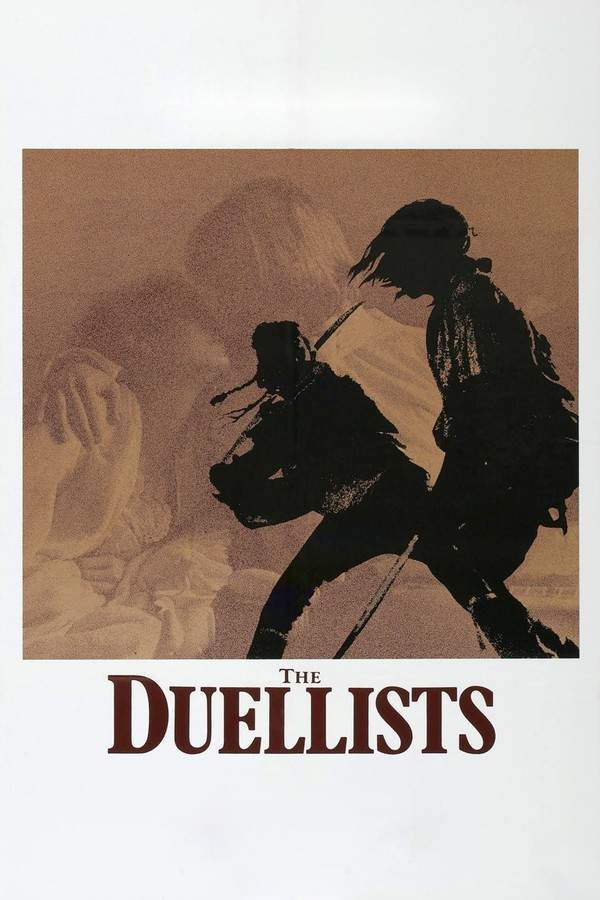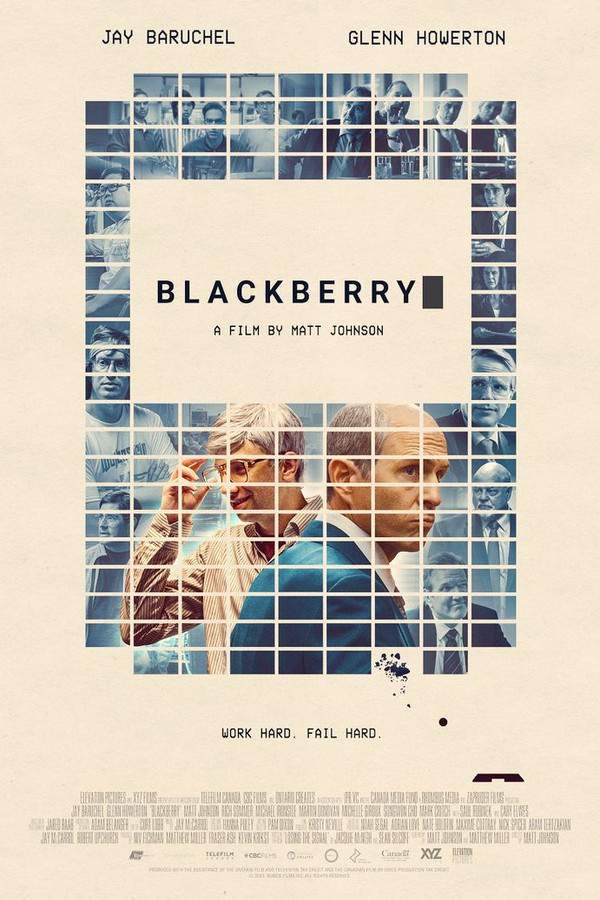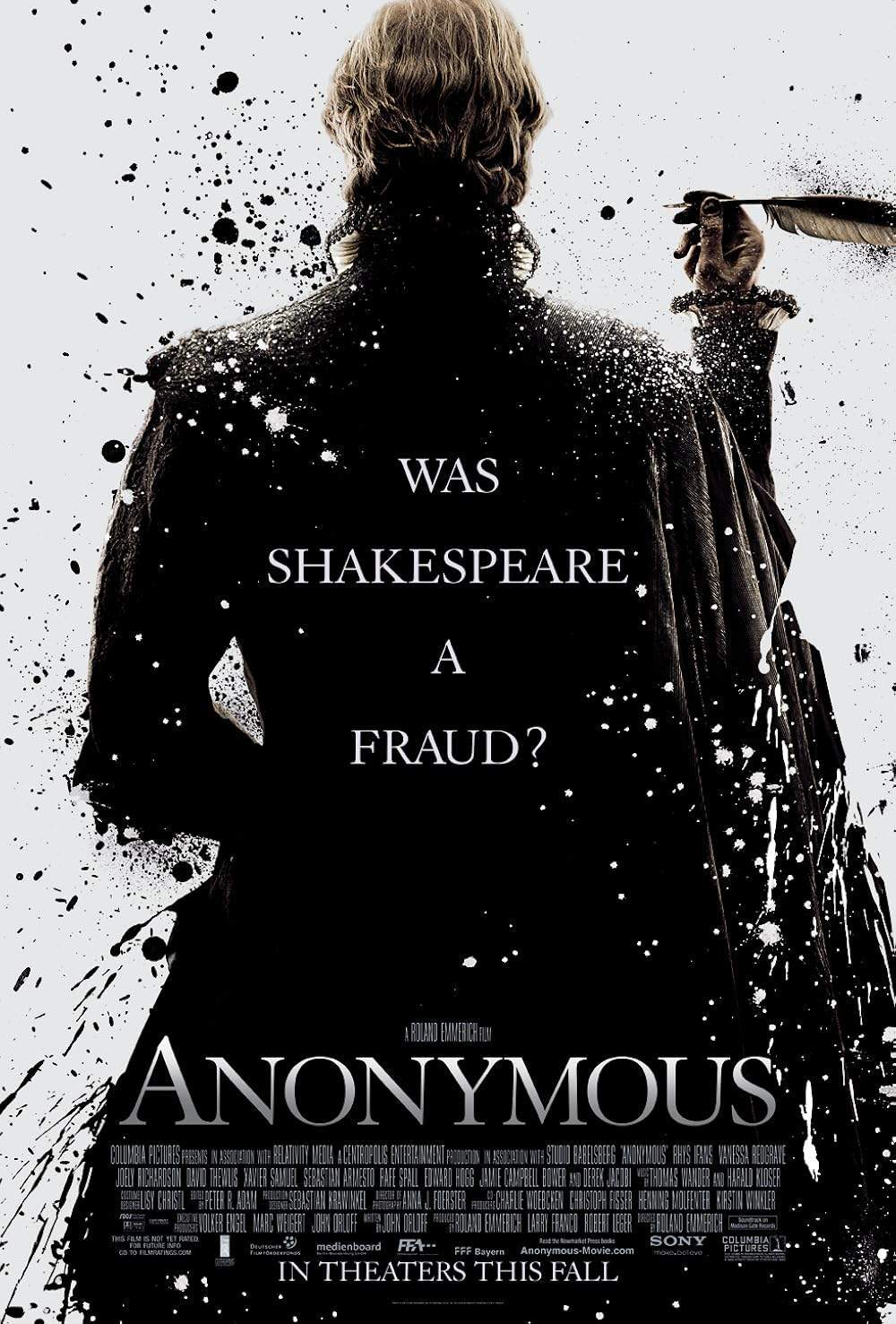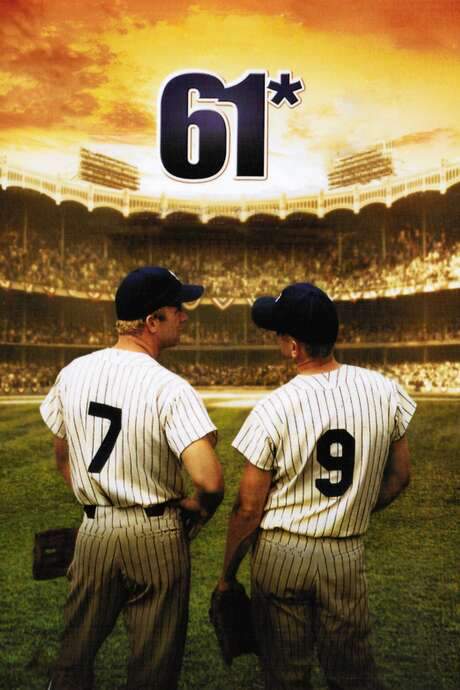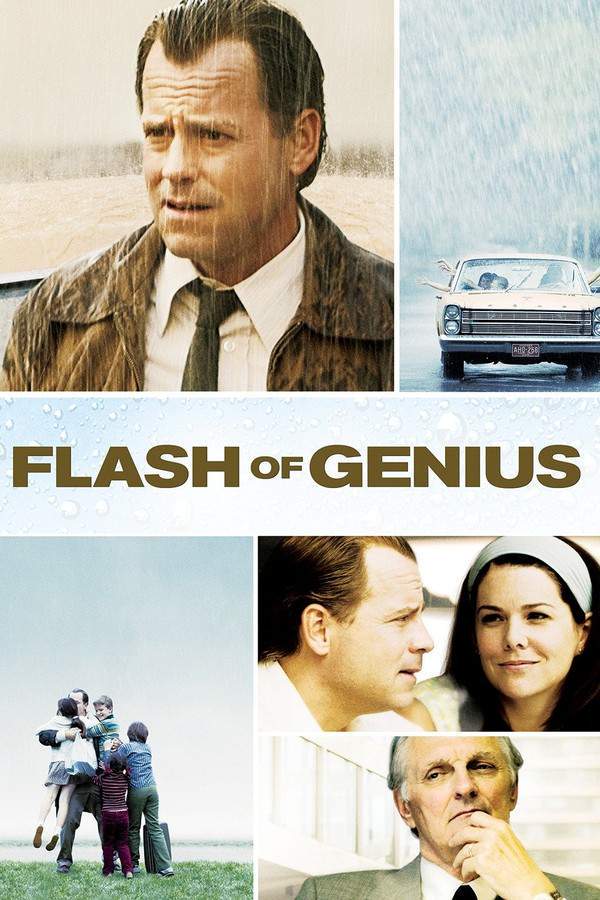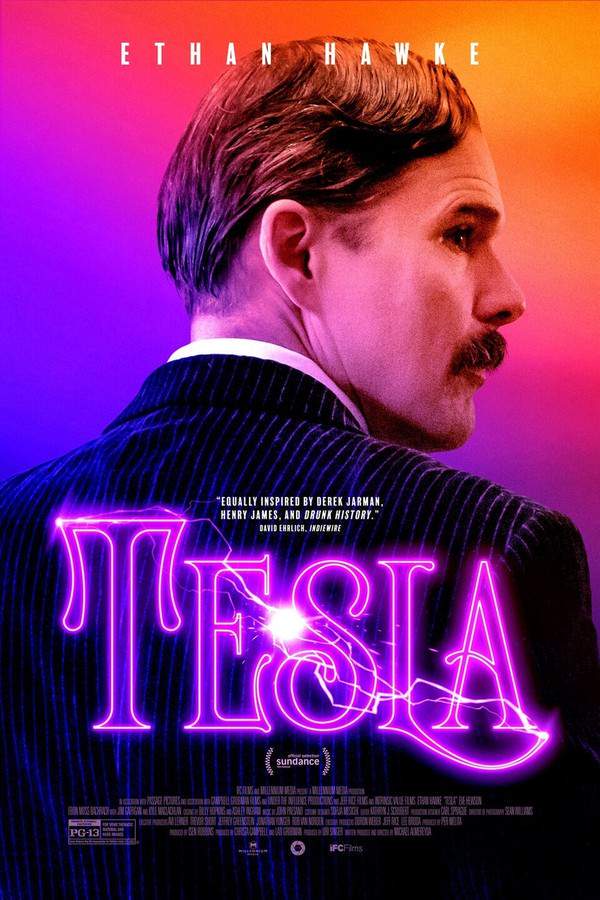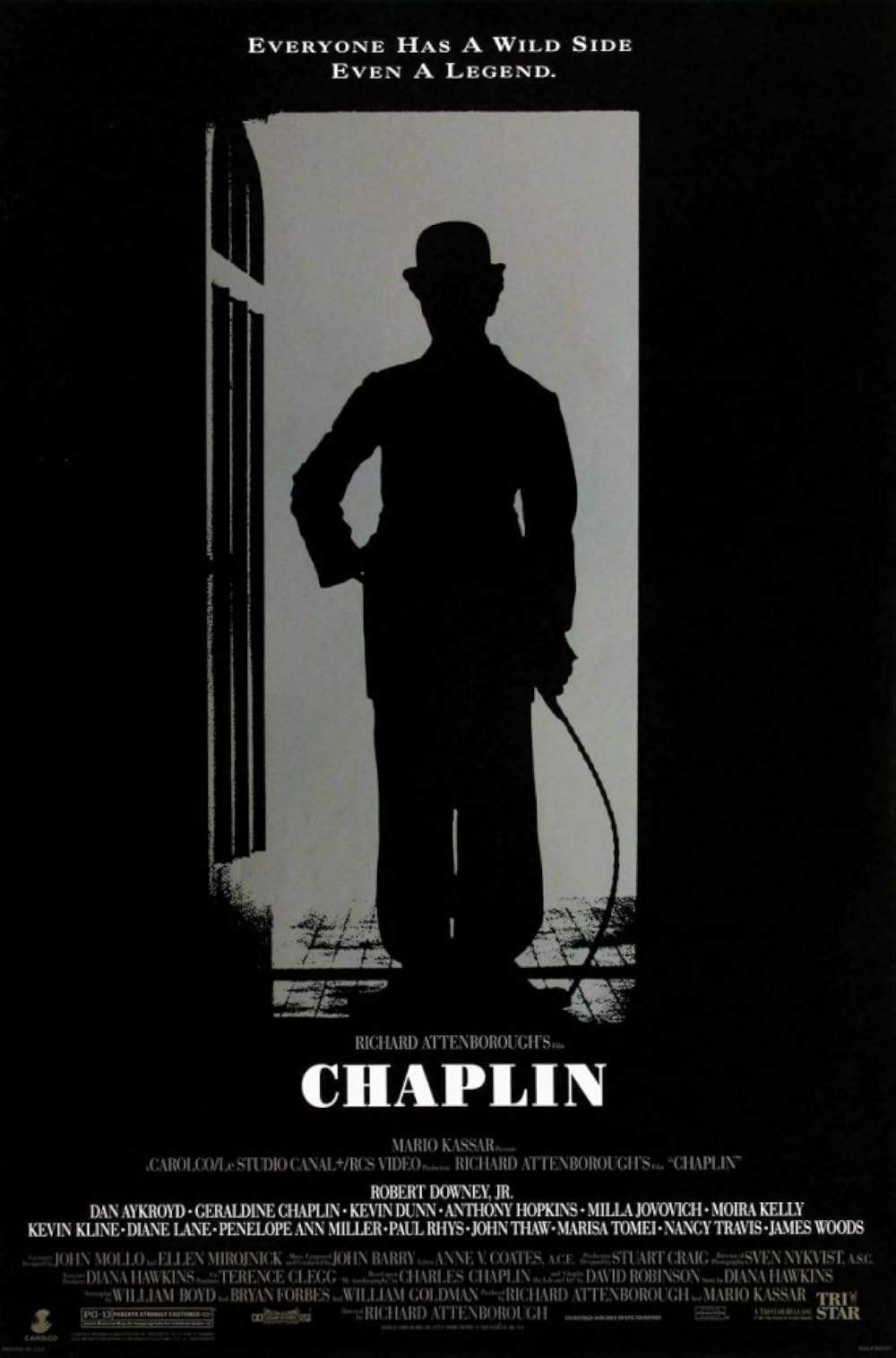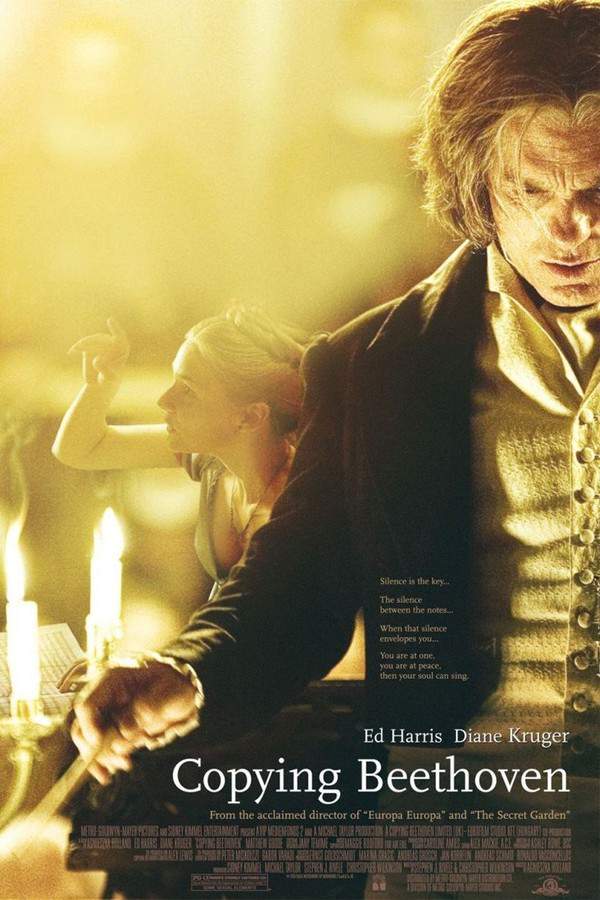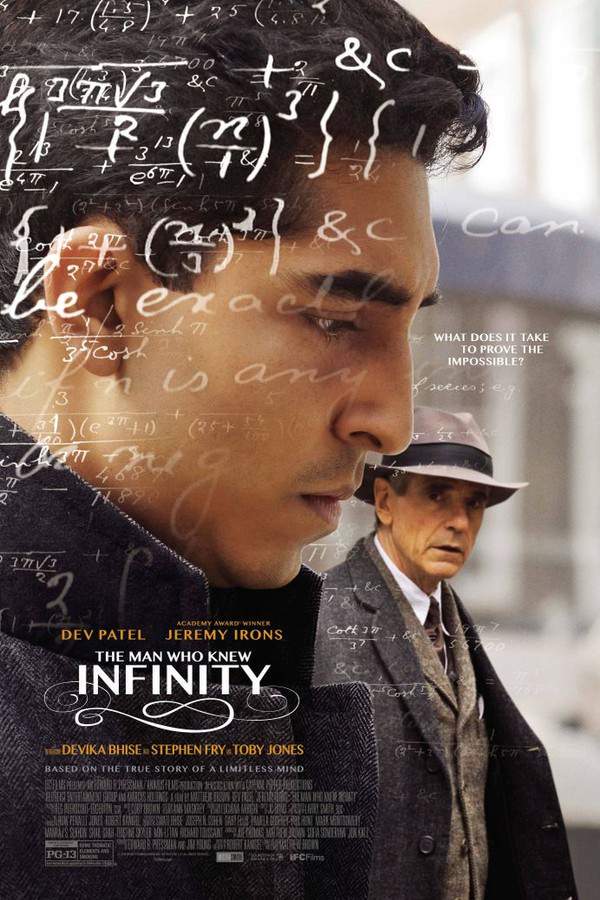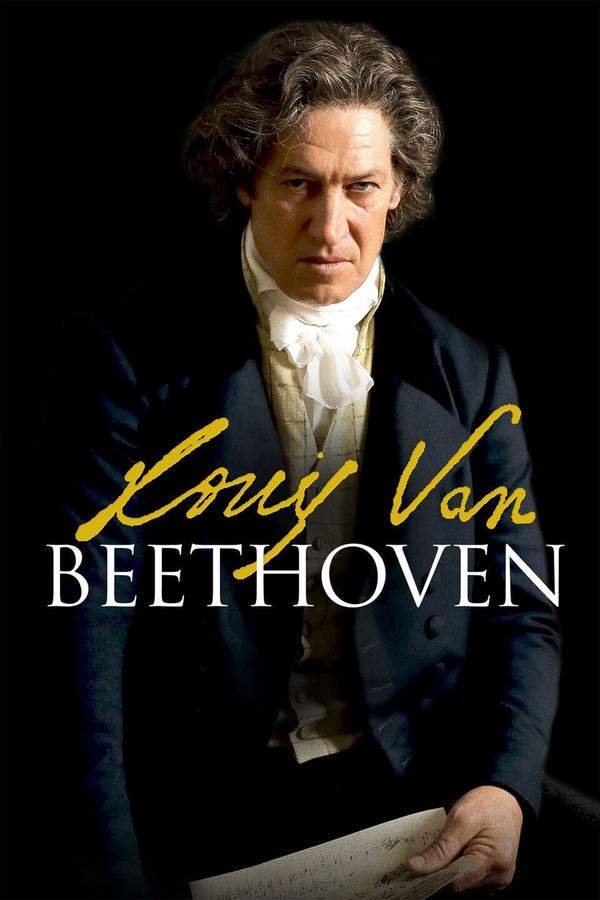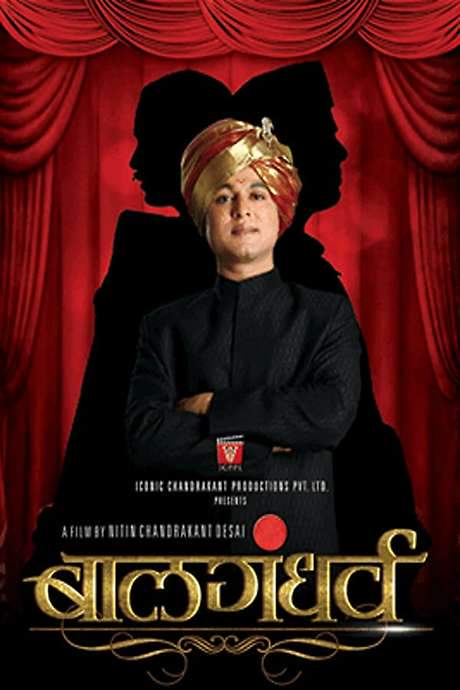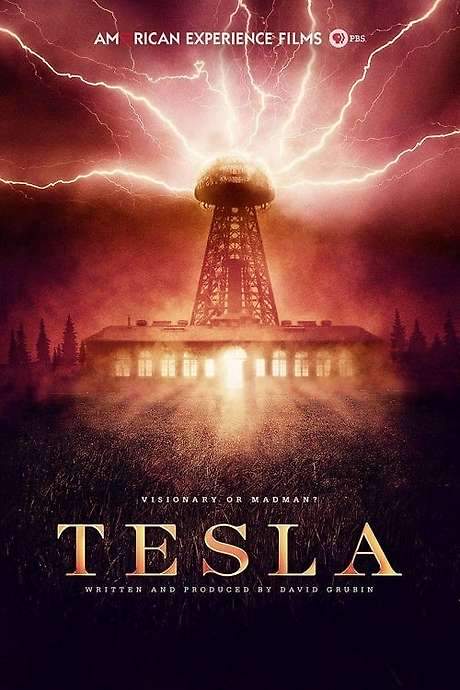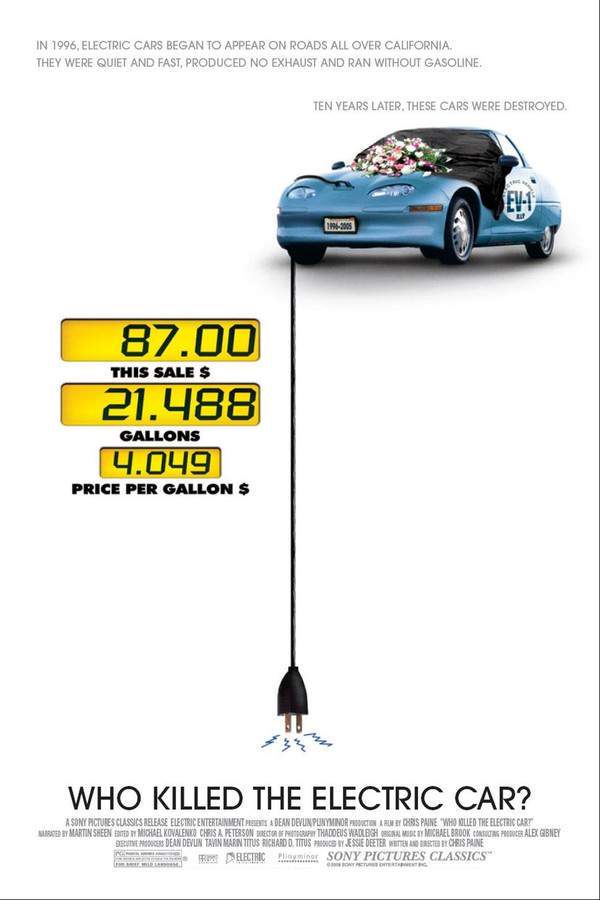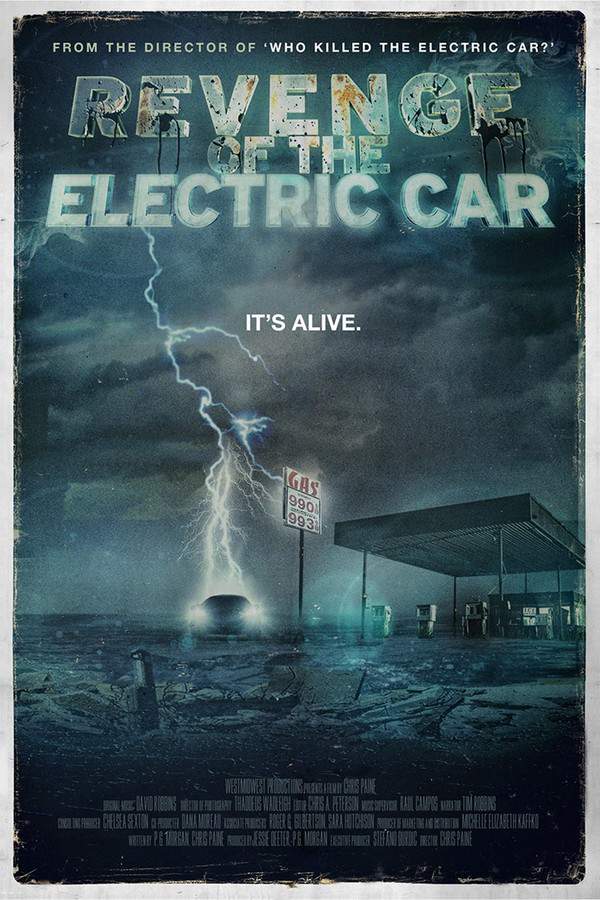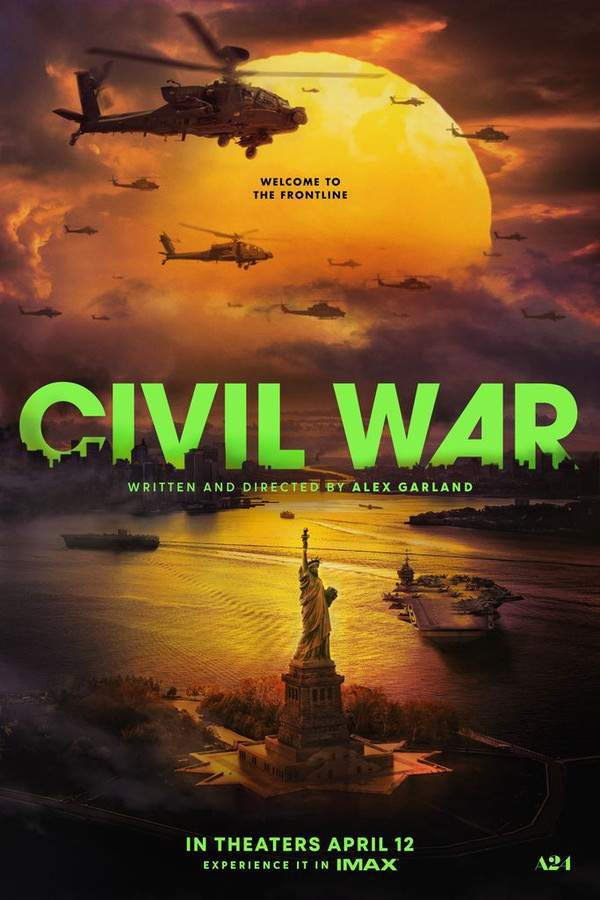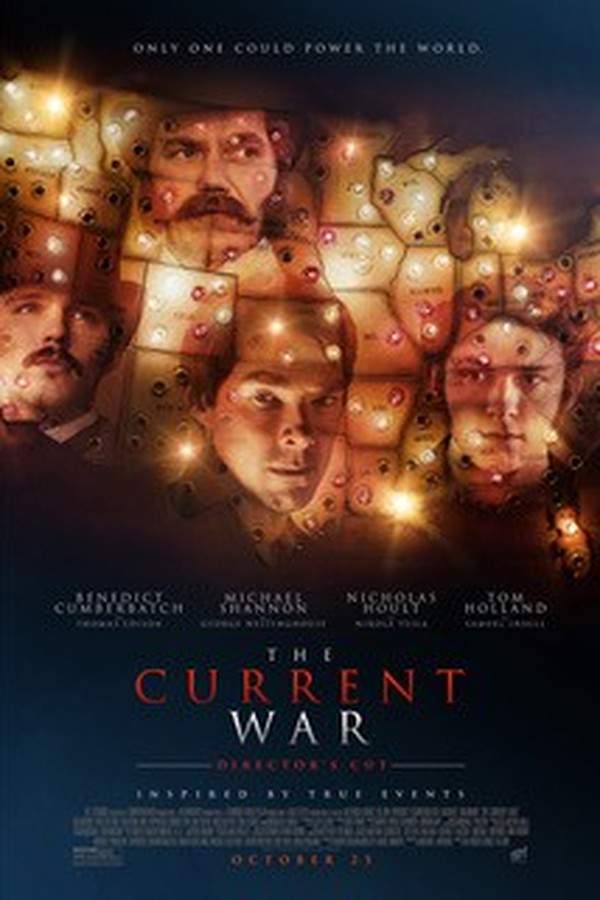
The Current War: Director's Cut
Year: 2019
Runtime: 108 min
Language: English
Director: Alfonso Gomez-Rejon
Echo Score: 64Budget: $30M
A fierce rivalry erupts between Thomas Edison and George Westinghouse as they vie to power America. Edison's direct current (DC) system faces a challenge from Westinghouse's alternating current (AC) technology, with the brilliance of Nikola Tesla driving the innovation. Their escalating competition sparks a dramatic corporate feud, forever changing the landscape of industry and the path to success.
Warning: spoilers below!
Haven’t seen The Current War: Director's Cut yet? This summary contains major spoilers. Bookmark the page, watch the movie, and come back for the full breakdown. If you're ready, scroll on and relive the story!
The Current War: Director's Cut (2019) – Full Plot Summary & Ending Explained
Read the complete plot breakdown of The Current War: Director's Cut (2019), including all key story events, major twists, and the ending explained in detail. Discover what really happened—and what it all means.
In 1880, a visionary inventor, Thomas Edison, finds himself financially strained but determined as he reveals his groundbreaking electric light-bulb. His ambitious vision includes supplying power to various American neighborhoods utilizing Direct Current (DC), a cleaner and more affordable alternative to gaslight, albeit limited by its range and the need for an elaborate wiring system. Edison’s goal centers on electrifying the first district in Manhattan, but he faces the challenge of securing two locations to accommodate his dynamos.
Seeking validation, Edison travels to the White House to unveil his innovative Phonograph to the President of the United States, joined by the influential financier J.P. Morgan, a regular backer of his ventures. During this pivotal meeting, Morgan proposes a partnership with a substantial investment of $150,000, but Edison categorically declines. His convictions run deep; he refuses to exploit his inventions to endanger lives. Instead, Morgan decides to support Edison’s electrification initiative for the Manhattan district, leading to a significant milestone when Edison lights up the New York Stock Exchange on September 4, 1882.
Meanwhile, the formidable George Westinghouse, an affluent businessman and inventor based in Pittsburg, seeks to learn about Edison’s innovations. After attempting to arrange a dinner with Edison, he is met with snubbery when Edison chooses to bypass Pittsburg without stopping, even as Westinghouse and his wife eagerly await his arrival. This rejection stirs Westinghouse to champion Alternating Current (AC), which boasts superior efficiency and can cover larger distances at significantly lower costs. Thus, a fierce rivalry ignites as Edison and Westinghouse compete to secure cities across the United States for their respective systems.
Edison soon realizes that his DC system requires a staggering 100,000 feet of copper wiring for every 100 customers, presenting a grim outlook for profitability. In sharp contrast, Westinghouse’s AC can travel several thousand miles with just a single generator, rendering it 75% more efficient. In an effort to demonstrate his commitment, Westinghouse showcases an AC system at Great Barrington in March 1886.
As the battle rages on, the brilliant inventor Nikola Tesla arrives in the United States and initially joins Edison’s team. However, he soon becomes disenchanted with Edison’s reluctance to accept new methodologies and methods that could revolutionize their work. Tesla believes fervently that AC is the superior technology, comprising far fewer resources. Nonetheless, upon realizing Edison’s promise of a $50,000 reward for solving five challenges was merely a jest, Tesla parts ways with Edison.
Edison’s aggressive protection of his intellectual properties culminates in legal actions against Westinghouse for utilizing his light-bulbs without consent. While Westinghouse utilizes designs from Hamil, Edison asserts ownership of the entire light-bulb design, leading to protracted lawsuits over seemingly trivial details like the bulb’s corkscrew mechanisms, which he claims dominion over.
As tensions escalate, Edison goes on the offensive, presenting claims to the press that aim to tarnish AC’s reputation, branding it dangerous and lethal, while Westinghouse focuses on the technical superiority of his invention. With Edison’s struggles to make DC affordable juxtaposed against Westinghouse’s determined efforts to optimize AC systems, the stakes continue to rise. Personal tragedies also assail them both; Edison’s wife, Mary Edison, passes away, while Westinghouse’s associate Franklin Pope meets an untimely end in an electrical accident during an ambitious project.
In a bid to rejuvenate finances, Edison releases his Phonograph commercially in 1890, but this time it comes hand in hand with ethically dubious tactics. To discredit AC, he depicts its hazardous nature by showcasing the gruesome electrocution of animals. To further complicate matters, he clandestinely assists in developing the electric chair, a point of deep internal conflict given his previous opposition to weapons of death.
With the public’s faith in Westinghouse’s AC waning, exacerbated by the tragic outcomes surrounding its utilization, Edison begins to reclaim lost ground, persuading cities to adopt his DC system instead. When J.P. Morgan offers $5 million to purchase Westinghouse’s company, Westinghouse refuses under conditions that the future of electrical power relies on Edison’s choice. However, his wife, Marguerite Westinghouse, implores him not to forsake the very company he established.
As events unfold, the first execution by electrocution occurs with William Kemmler as the main victim, drawing widespread condemnation and labeling it as “Far Worse Than Hanging.” In an attempt to swing public opinion back, Westinghouse enlists lawyers to challenge the electric chair’s humane status. They call Edison to testify, leveraging his esteemed reputation, only for him to affirm that AC is, in fact, painless — a statement he later grapples with when public outcry falls upon him for sanctioning such a tragic fate.
In a pivotal turn of events, Westinghouse finds out about Edison’s role and showcases this duplicity to the media, which ignites public backlash against Edison for his perceived complicity in the abhorrent execution. After facing multiple setbacks, Tesla is approached by Westinghouse, who offers to collaborate on building a functional AC motor. Tesla, albeit resource-strapped, has the ingenious designs but only needs the capital to turn them into reality. They settle on an agreement where Westinghouse’s investment would effectively allow Tesla to reach millionaire status through their partnership.
As the conflict intensifies, Edison finds himself overshadowed. J.P. Morgan orchestrates the merger of Edison Electric with General Electric, affording Edison some stock options and a position on the board. The tension peaks when both inventors submit proposals to illuminate the grand 1893 World’s Columbian Exposition in Chicago. Samuel Insull, representing Edison, faces off against Westinghouse’s formidable exhibit, and to everyone’s astonishment, Westinghouse emerges victorious, dazzling the fair with his innovative lighting solution.
During a fleeting encounter at the fair, Edison reflects on the nature of invention and expresses a hopeful vision of his next creation, jesting that his future endeavor in motion pictures may leave an indelible mark, possibly eclipsing his electrical legacy. Following pivotal breakthroughs, Tesla and Westinghouse achieve a major feat by harnessing electricity from Niagara Falls and setting a new paradigm in electricity distribution.
Despite their triumph in technology, the fate of Tesla is tragic; he dies impoverished in a New York hotel room, unbeknownst to the expansive impact of his inventions. Years later, in 1911, Westinghouse receives the esteemed Edison Medal from the American Association of Electrical Engineers, a milestone recognizing his contributions. Ultimately, Edison’s legacy continues through his invention of motion pictures, epitomized by his Kinetograph and Kinetoscope. Upon his death, a nation unified in remembrance, dimmed its lights for a poignant moment in honor of a man whose work revolutionized the very fabric of modern society.
Last Updated: February 02, 2025 at 08:46
Explore Movie Threads
Discover curated groups of movies connected by mood, themes, and story style. Browse collections built around emotion, atmosphere, and narrative focus to easily find films that match what you feel like watching right now.
Movies about bitter rivalries like in The Current War: Director's Cut
Stories of fierce personal and intellectual competition that reshape society.If you were fascinated by the high-stakes battle between Edison and Westinghouse, explore more movies like The Current War: Director's Cut. These films capture similar historical dramas and biographical stories where intense personal and corporate rivalries drive technological or societal progress, often with a bittersweet cost.
Narrative Summary
These narratives typically follow a clear, escalating conflict between two opposing figures or factions, moving from personal disagreement to public and corporate warfare. The journey explores ambition, pride, and the ethical lines crossed in pursuit of victory, often culminating in a victory that feels pyrrhic for at least one side.
Why These Movies?
Movies in this thread share a tense, dramatic tone driven by high-stakes intellectual and corporate competition. They feature a steady pace that methodically builds the rivalry, medium-to-high emotional weight from personal sacrifices, and a bittersweet or complex ending that acknowledges the cost of progress.
Movies about the tragic cost of genius like in The Current War: Director's Cut
Explores the heavy personal price paid for groundbreaking innovation.For viewers moved by the personal tragedies of Edison and the fate of Nikola Tesla, this section finds movies similar to The Current War: Director's Cut. These films focus on genius figures in historical dramas and biographies, where the pursuit of progress comes with a heavy emotional and personal toll, creating a bittersweet viewing experience.
Narrative Summary
The narrative pattern follows a brilliant individual or group whose drive for innovation leads to professional triumph but personal ruin, loss, or isolation. The story balances the excitement of discovery with the melancholy of what is sacrificed along the way, often ending with a mixed sense of achievement and regret.
Why These Movies?
These films are grouped by their shared focus on the melancholy and tragedy intertwined with scientific or artistic breakthroughs. They carry a medium emotional weight, a steady, reflective pacing, and a consistently bittersweet tone that acknowledges victory is never without its casualties.
Unlock the Full Story of The Current War: Director's Cut
Don't stop at just watching — explore The Current War: Director's Cut in full detail. From the complete plot summary and scene-by-scene timeline to character breakdowns, thematic analysis, and a deep dive into the ending — every page helps you truly understand what The Current War: Director's Cut is all about. Plus, discover what's next after the movie.
The Current War: Director's Cut Timeline
Track the full timeline of The Current War: Director's Cut with every major event arranged chronologically. Perfect for decoding non-linear storytelling, flashbacks, or parallel narratives with a clear scene-by-scene breakdown.

Characters, Settings & Themes in The Current War: Director's Cut
Discover the characters, locations, and core themes that shape The Current War: Director's Cut. Get insights into symbolic elements, setting significance, and deeper narrative meaning — ideal for thematic analysis and movie breakdowns.

The Current War: Director's Cut Spoiler-Free Summary
Get a quick, spoiler-free overview of The Current War: Director's Cut that covers the main plot points and key details without revealing any major twists or spoilers. Perfect for those who want to know what to expect before diving in.

More About The Current War: Director's Cut
Visit What's After the Movie to explore more about The Current War: Director's Cut: box office results, cast and crew info, production details, post-credit scenes, and external links — all in one place for movie fans and researchers.

Similar Movies to The Current War: Director's Cut
Discover movies like The Current War: Director's Cut that share similar genres, themes, and storytelling elements. Whether you’re drawn to the atmosphere, character arcs, or plot structure, these curated recommendations will help you explore more films you’ll love.
Explore More About Movie The Current War: Director's Cut
The Current War: Director's Cut (2019) Scene-by-Scene Movie Timeline
The Current War: Director's Cut (2019) Movie Characters, Themes & Settings
The Current War: Director's Cut (2019) Spoiler-Free Summary & Key Flow
Movies Like The Current War: Director's Cut – Similar Titles You’ll Enjoy
Civil War (or, Who Do We Think We Are) (2021) Full Movie Breakdown
Flash of Genius (2008) Full Summary & Key Details
Tesla (2020) Plot Summary & Ending Explained
The Cut (2015) Ending Explained & Film Insights
Who Killed the Electric Car? (2006) Spoiler-Packed Plot Recap
Revenge of the Electric Car (2011) Film Overview & Timeline
Civil War (2024) Full Movie Breakdown
The Current War (2017) Spoiler-Packed Plot Recap
Tesla: Master of Lightning (2000) Detailed Story Recap
The World’s Greatest Fair (2004) Detailed Story Recap
Nikola Tesla - the Man from the Future (2020) Film Overview & Timeline
Edison, the Man (1940) Plot Summary & Ending Explained
The Middleton Family at the New York World’s Fair (1939) Film Overview & Timeline
The Water Engine (1992) Story Summary & Characters
The Cable That Changed the World (2024) Plot Summary & Ending Explained

